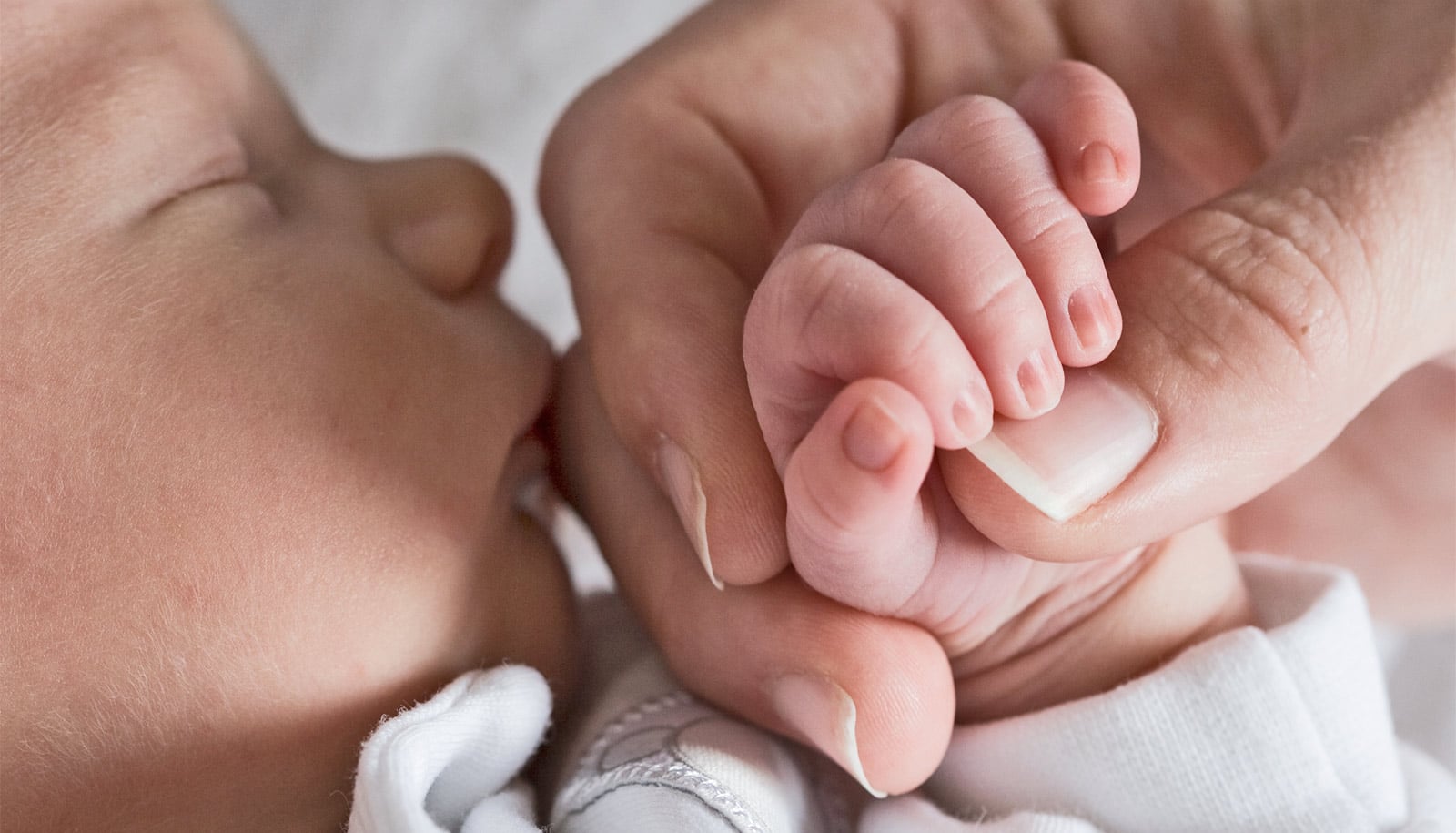New research links the BMI of one spouse and the other spouse’s risk of developing type 2 diabetes.
The researchers say efforts to detect undiagnosed diabetes and so-called pre-diabetes should not focus exclusively on the individual, but rather on couples and households.
“We have discovered that you can predict a person’s risk of developing type 2 diabetes based on his or her partner’s BMI. This means that you can tell whether a person has a heightened risk or not on the basis of the partner’s BMI,” says University of Copenhagen postdoc Jannie Nielsen, first author of the study in the journal Diabetologia.
The three researchers have examined data from 3,649 men and 3,478 women from the English Longitudinal Study of Ageing in the UK. In the UK, an estimated five million Britons have a high risk of developing diabetes.
Husbands and wives
From other studies the researchers knew that spouses are often similar in terms of body weight, among other things, because people often marry someone similar to themselves and often share dietary and exercise habits when living together.
Therefore, the researchers also examined whether the heightened risk of developing type 2 diabetes of an obese woman, for example, was merely a result of her own body weight. Here the researchers found a difference between the two sexes.
“If we adjusted for the women’s own weight, they did not have a heightened risk of developing type 2 diabetes as a result of their husband’s BMI. But even when we adjusted for the weight in men, they had a heightened risk,” says Nielsen.
A man whose wife had a BMI of 30 kg/m2 had a 21 percent higher risk of developing diabetes than men whose wives had a BMI of 25 kg/m2—regardless of the man’s own BMI.
The researchers have not examined why only the men still had a heightened risk after own weight adjustment. They do have a theory, though, which involves who is in charge of the household.
“We believe it is because women generally decide what we eat at home. That is, women have greater influence on their spouse’s dietary habits than men do,” Nielsen explains and refers, among other things, to a US study, which showed that women more often than men are responsible for doing the household’s cooking and shopping.
Household risk
Diabetes can cause damage to the heart, kidneys, and eyes. According to the Danish Diabetes Association, 35 percent experience complications by the time they are diagnosed with diabetes. Therefore, early detection is vital.
“The earlier a disease is detected, the higher the potential for successful prevention and treatment. We know that type 2 diabetes can be prevented or postponed, reducing the number of years that patients have to live with the disease. Just as related complications can be postponed through early detection,” says Nielsen.
Your stress can add inches to your spouse’s waist
If type 2 diabetes is detected at an early stage, medical treatment can wait while the patient begins lifestyle changes such as eating a healthy diet and doing more physical exercise.
Based on the study, Nielsen believes that early detection of type 2 diabetes can be improved if we change our approach to the disease. “Our approach to type 2 diabetes should not focus on the individual, but instead on, for example, the entire household. If a woman has a heightened risk, there is a strong probability that it is shared by her husband.”
“We know that men are less inclined to go to the doctor. So if a woman comes to her GP with risk factors for type 2 diabetes, the GP should therefore perhaps ask her to bring her husband next time,” says Nielsen.
A postdoc scholarship from the Independent Research Fund Denmark supported the work, which was a collaboration with postdoc Adam Hulman and professor Daniel R. Witte from the public health department at Aarhus University.
Source: University of Copenhagen



